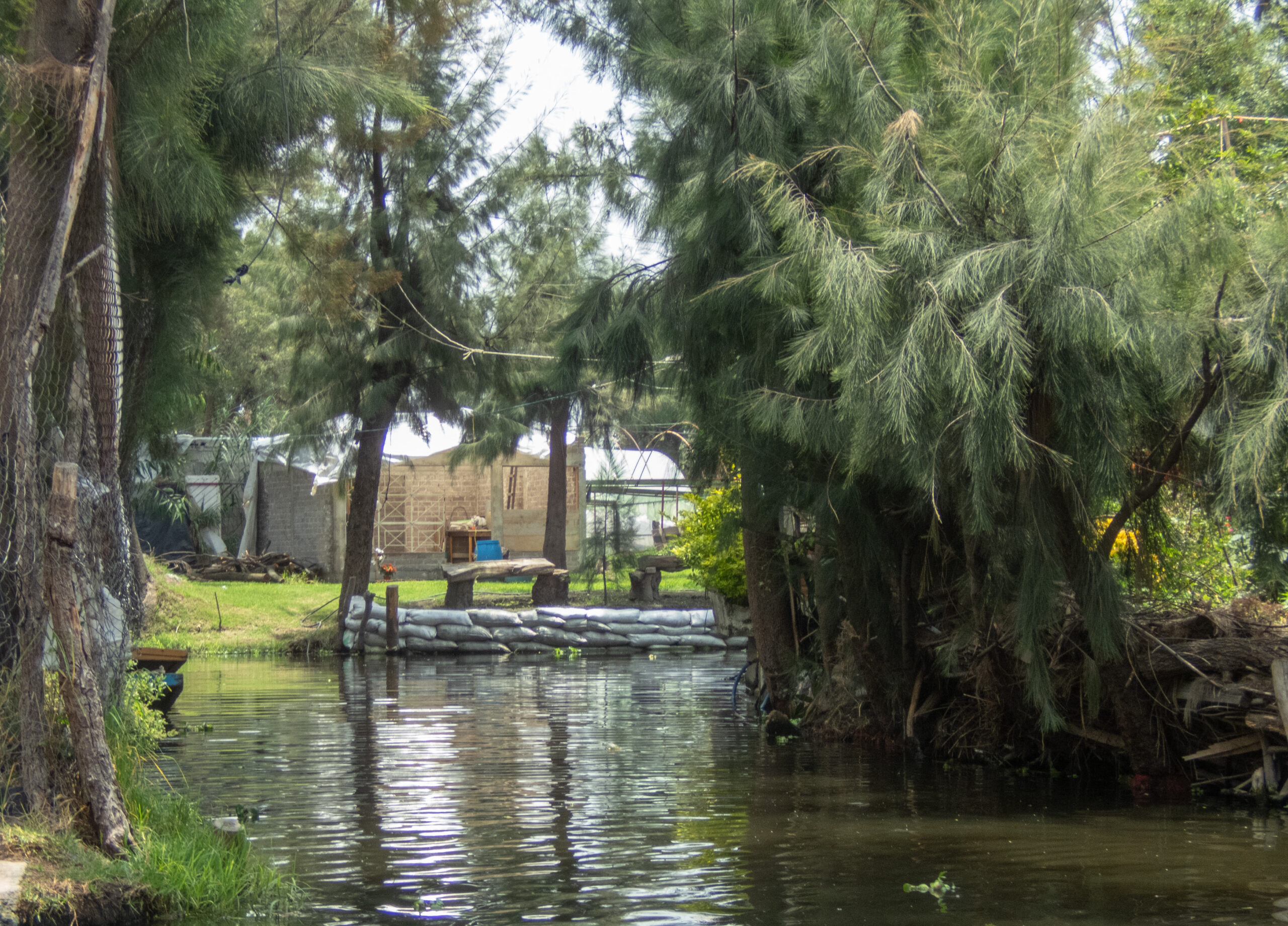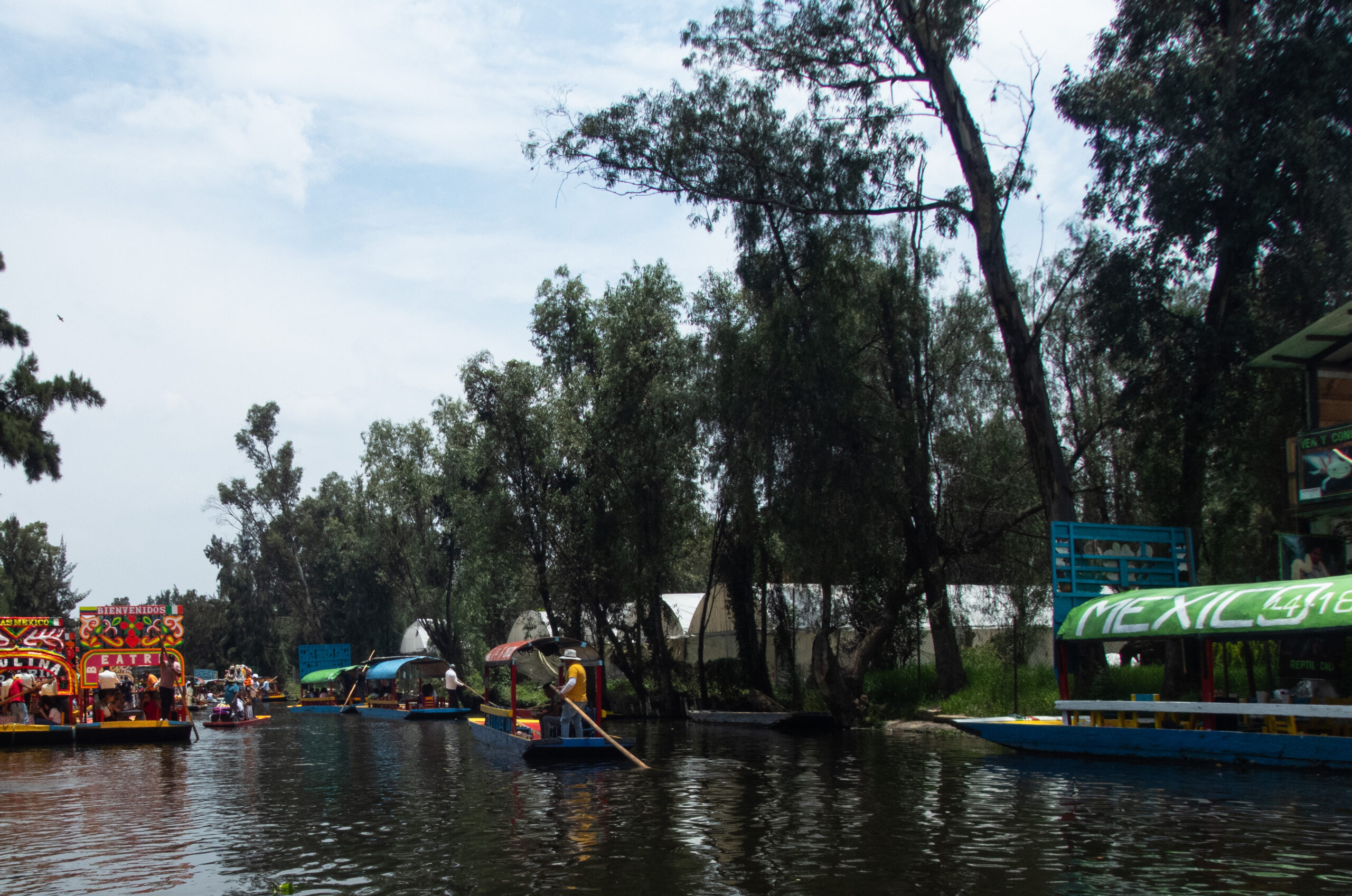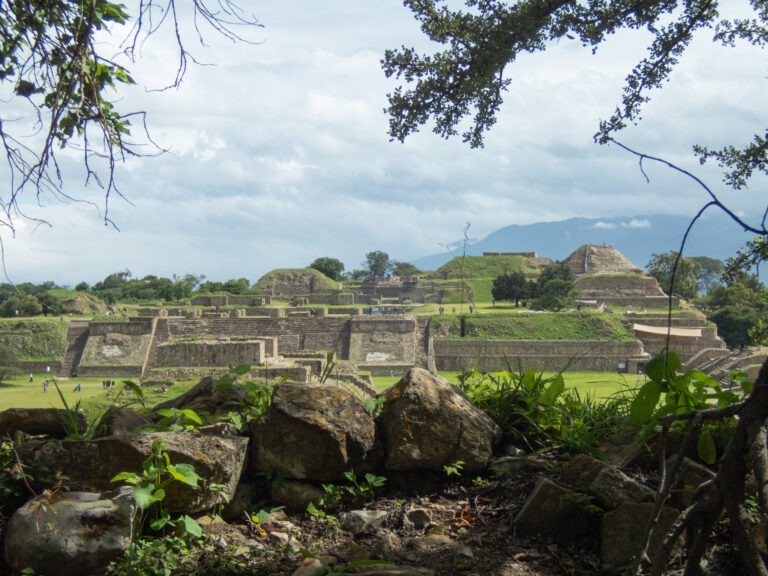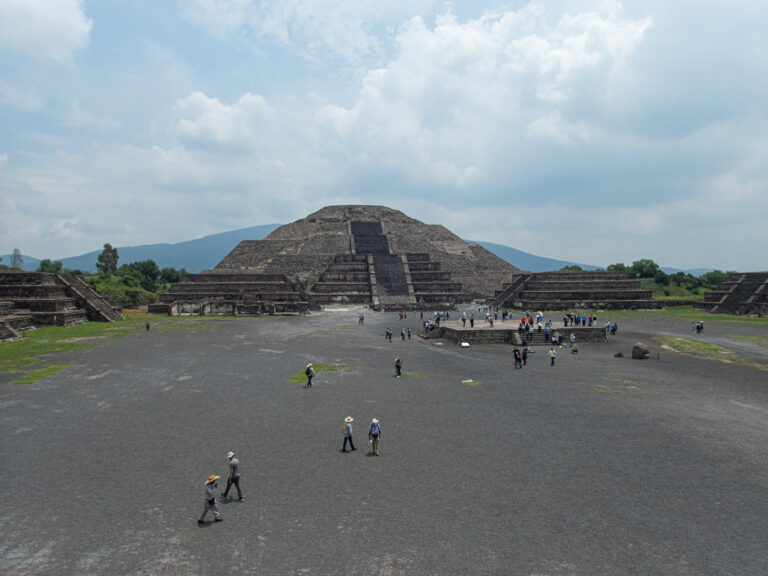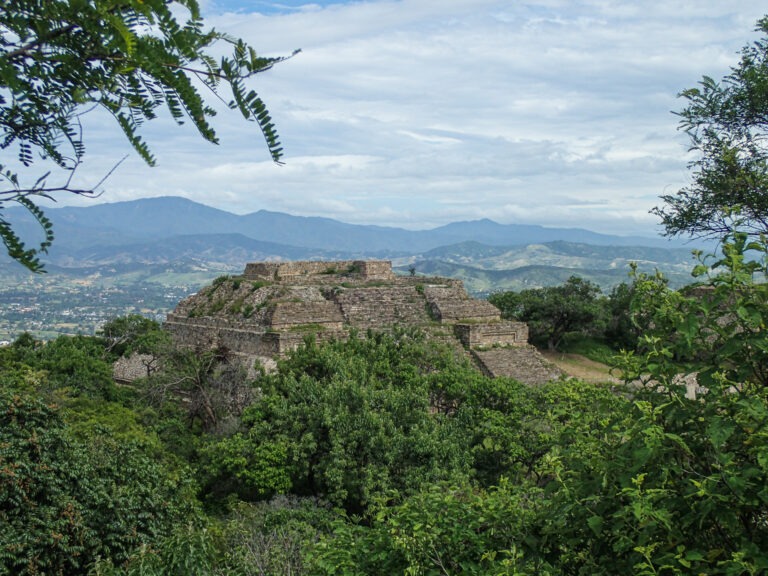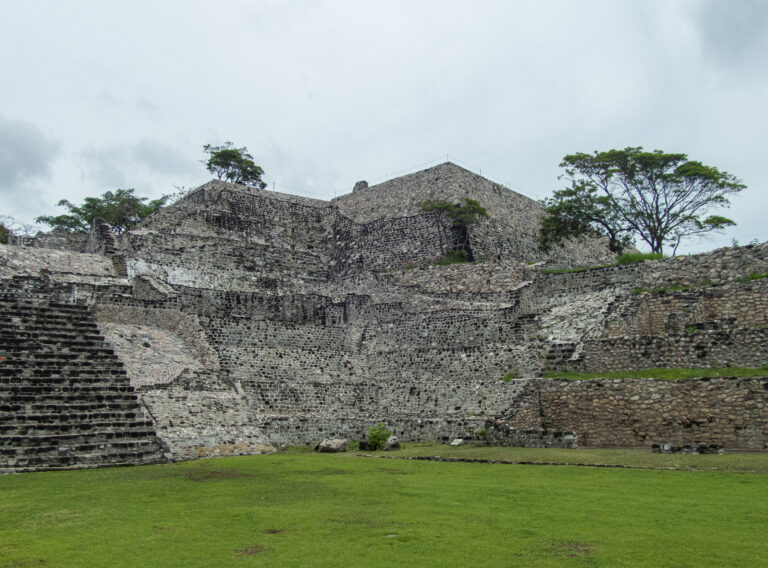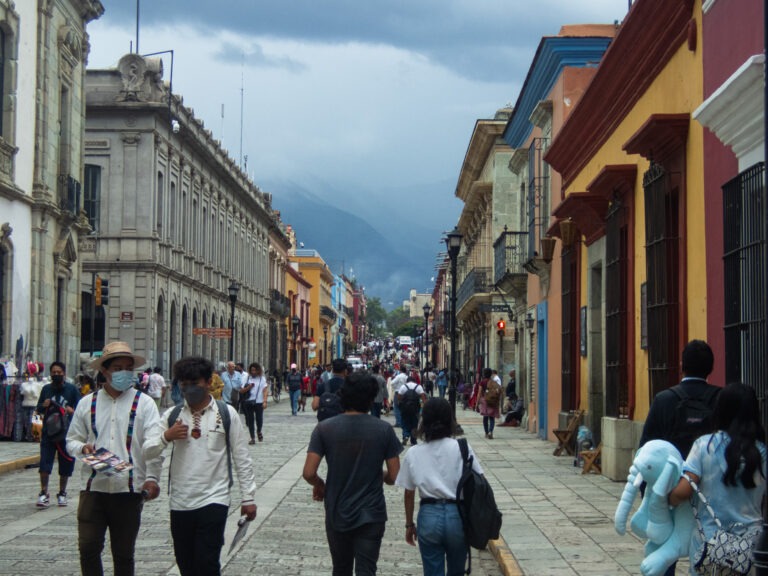Mexico City
Mexico City is the capital and largest city in Mexico. It is also the oldest capital city in the Americas. It lies at 2240 metres above sea level. The city’s name is derived from its founders, the Mexica, who are more commonly known as the Aztecs.
Tenochtitlan
The Mexica built the city of Tenochtitlan in around 1325 AD on an island in the middle of a large salt lake. The Spanish colonialists arrived under the command of Hernán Cortés in 1519. They were welcomed by the Aztecs and housed in the centre of Tenochtitlan.
In his letters to the king of Spain, Cortés referred to Tenochtitlan as a “noble city” and was clearly in awe of it and its thriving commerce. Despite this, by 1521 Tenochtitlan had been virtually raised to the ground by the Spanish.
The Spanish built Mexico City on the remains of Tenochtitlan. The dams controlling the lake’s tidal movement were also destroyed which led to the city flooding and buildings subsiding. In the 17th century, to prevent further damage to the city, the majority of the lake was drained.
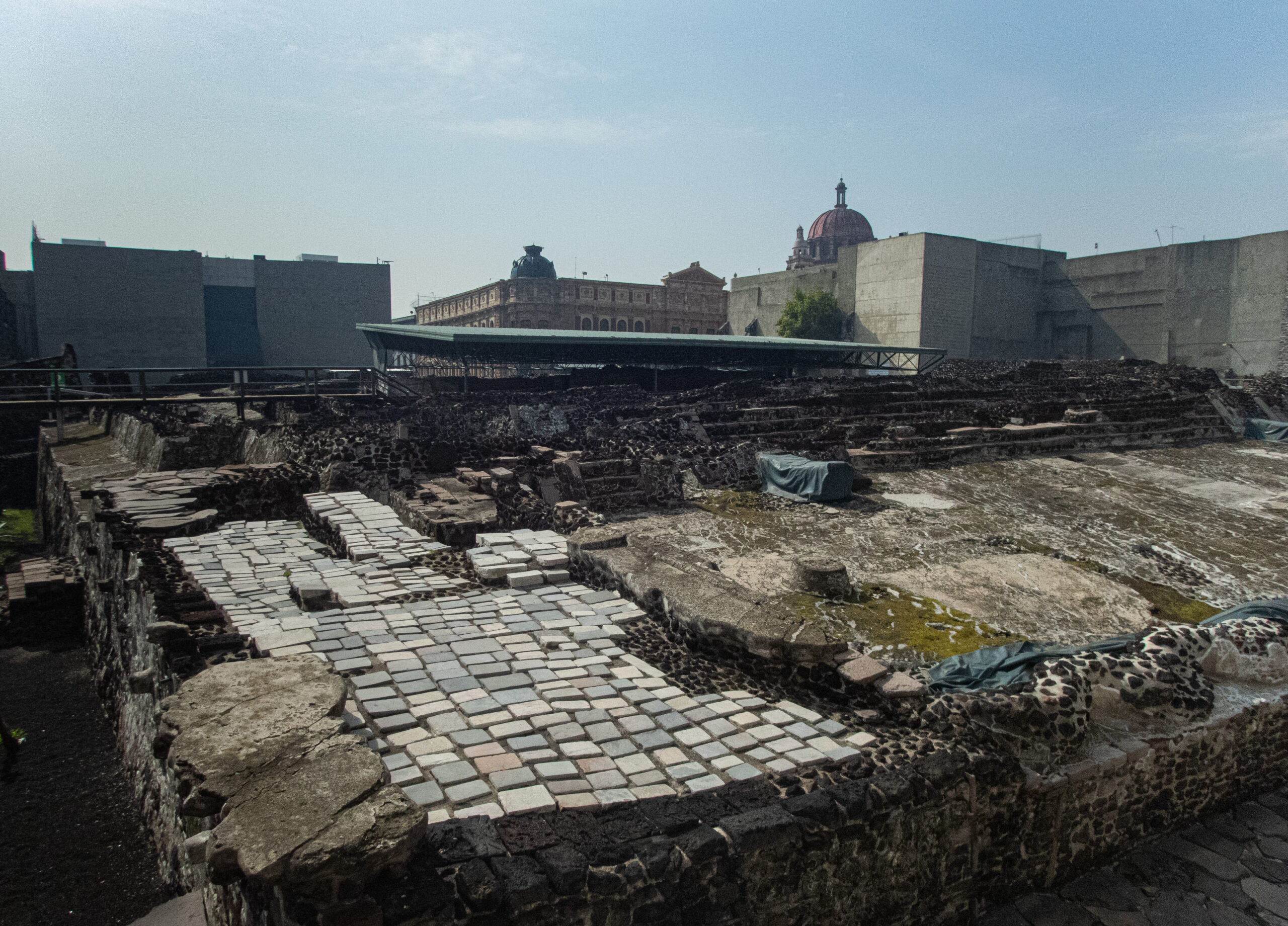
Constitution Square
Plaza de la Constitución, commonly known as El Zócalo, is the vast square in the centre of Mexico City. The main central feature of the square is the Metropolitan Cathedral.
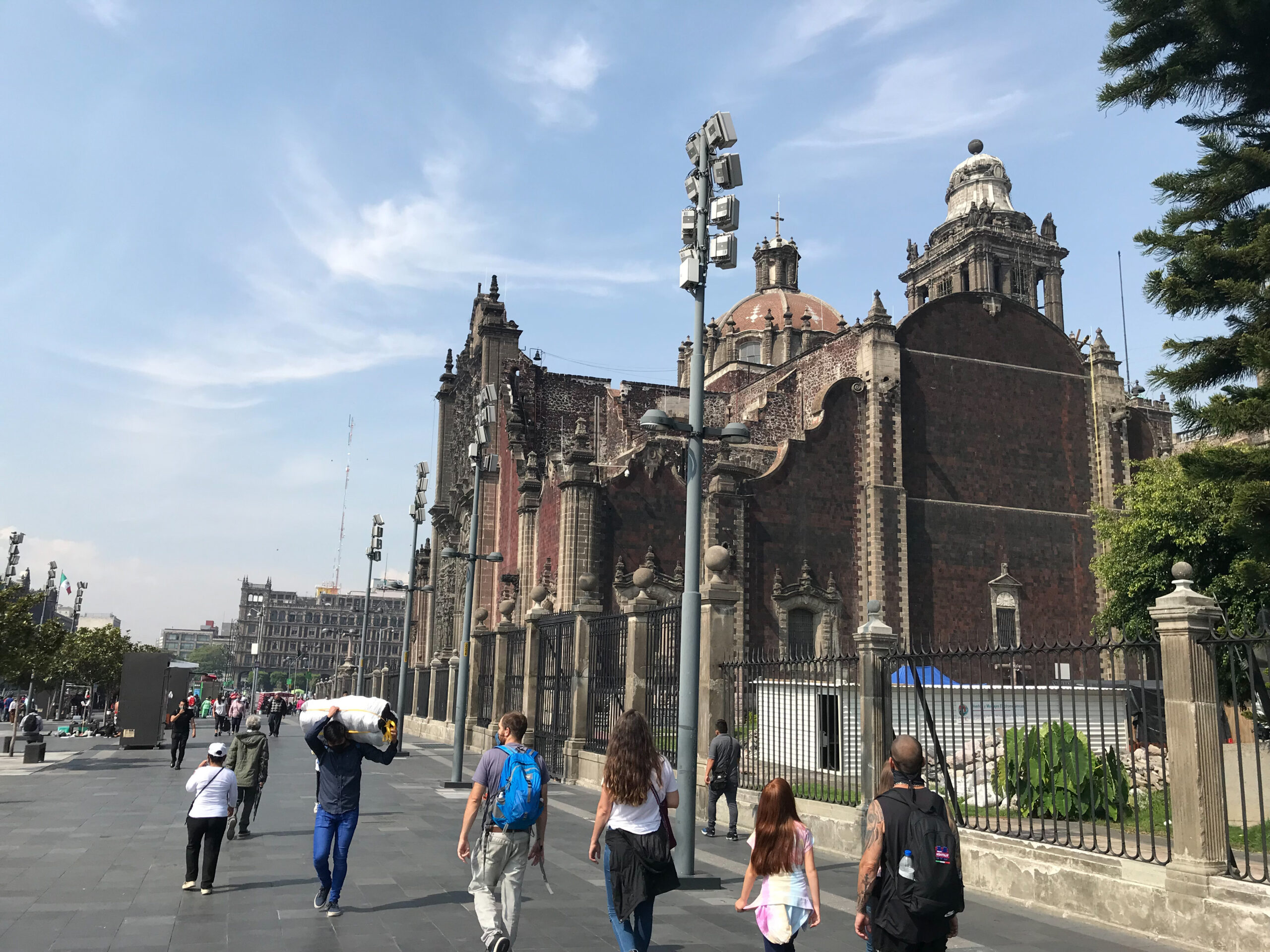
The streets running off the main square are a hive of small business activity. Moneda, one of the main thoroughfares, is lined with old Spanish colonial buildings.
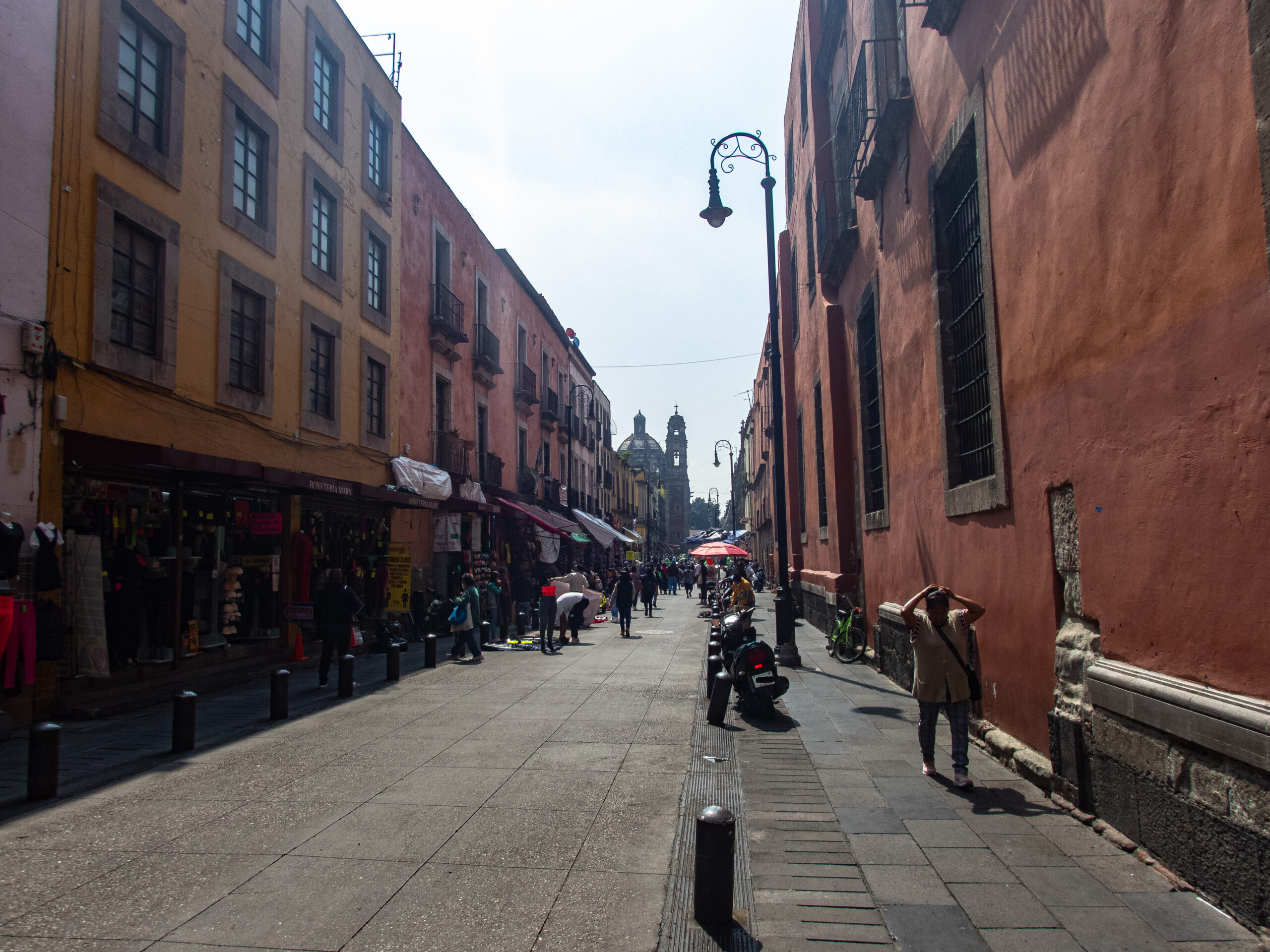
Like many colonial Spanish cities, central Mexico City is laid out on a grid which makes moving around simple. Roughly fifteen minutes direct walk from the Metropolitan Cathedral, in the Zócalo, brings you to the Palacio de Bellas Artes.
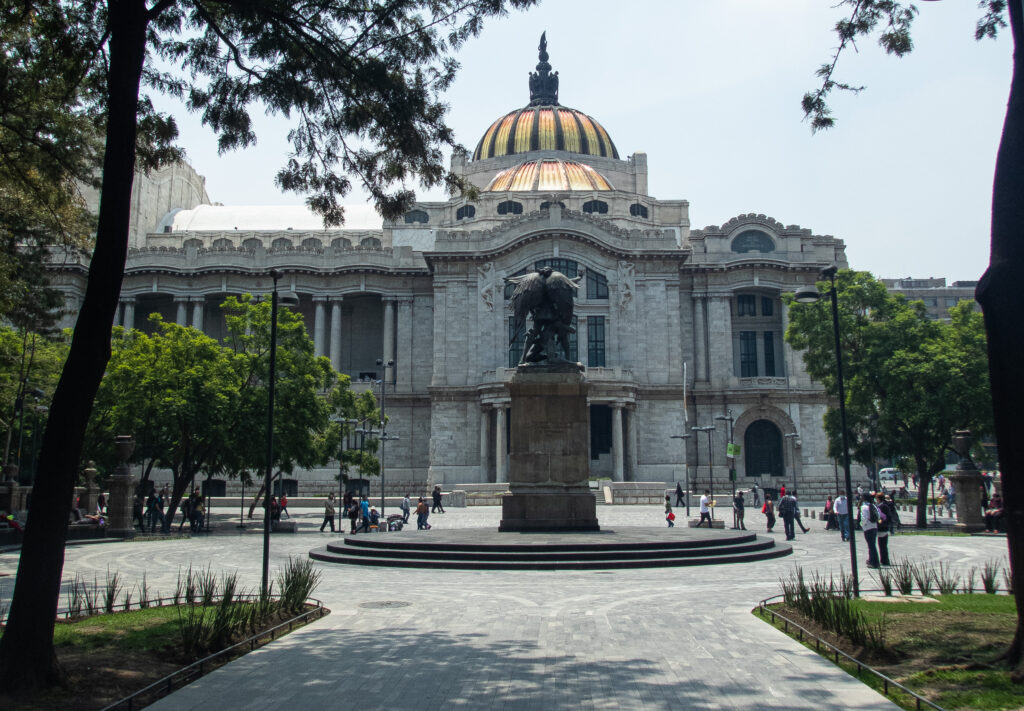
The Museum of Anthropology
The Museum of Anthropology has an incredible collection of artefacts excavated from archaeological sites throughout Mexico. Among the oldest artefacts are the Olmec giant stone heads from around 3000 years ago.
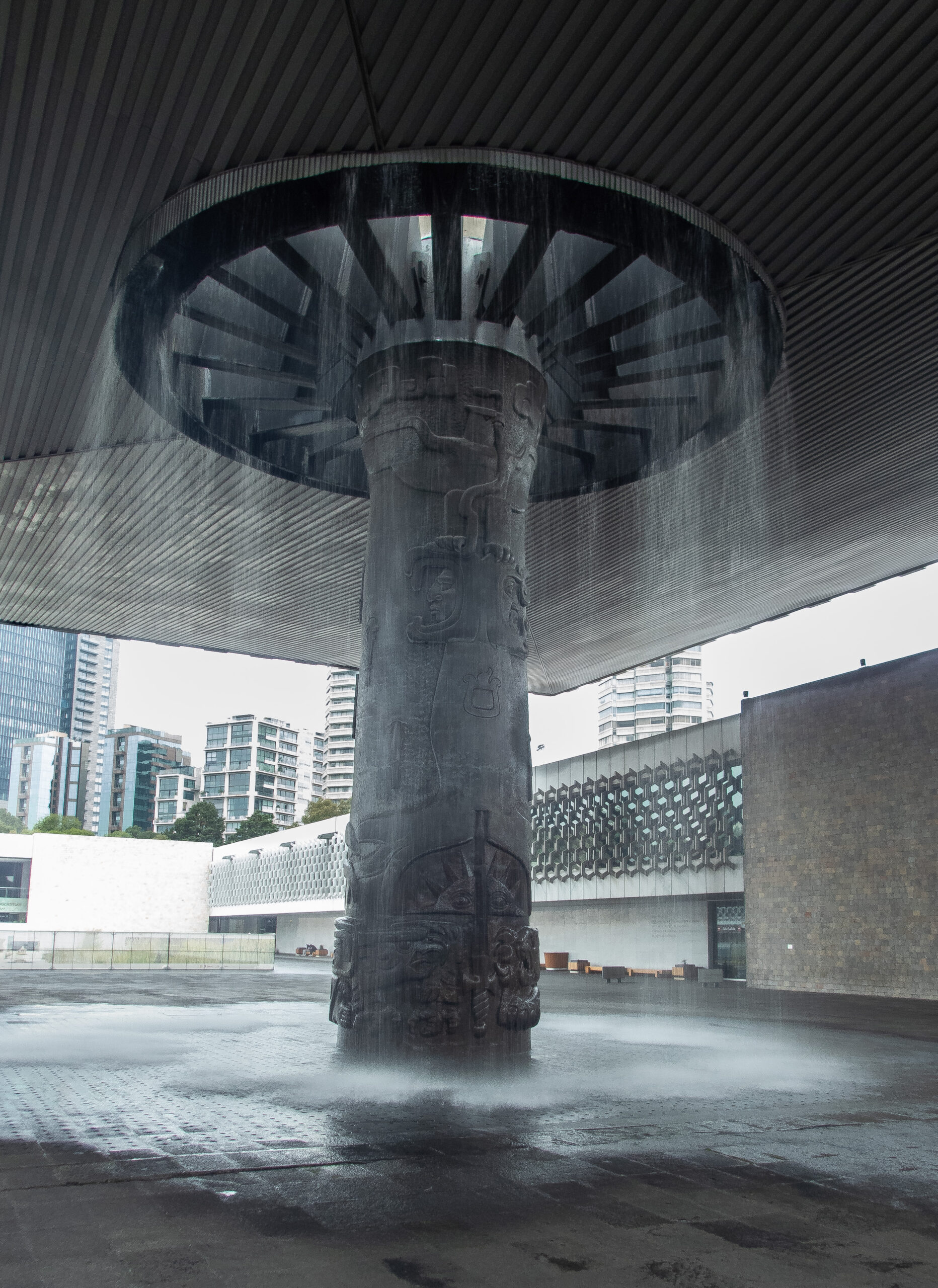
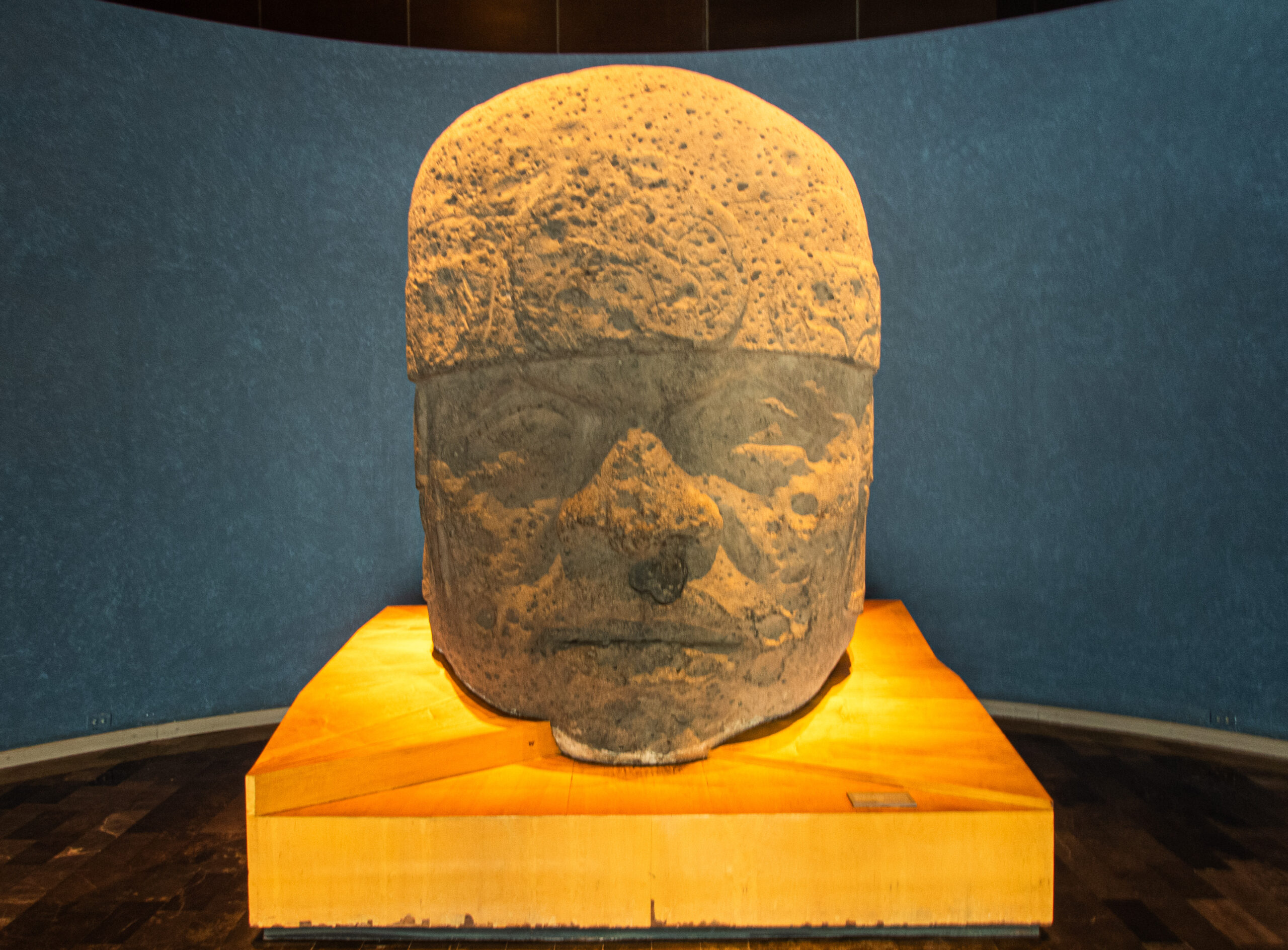
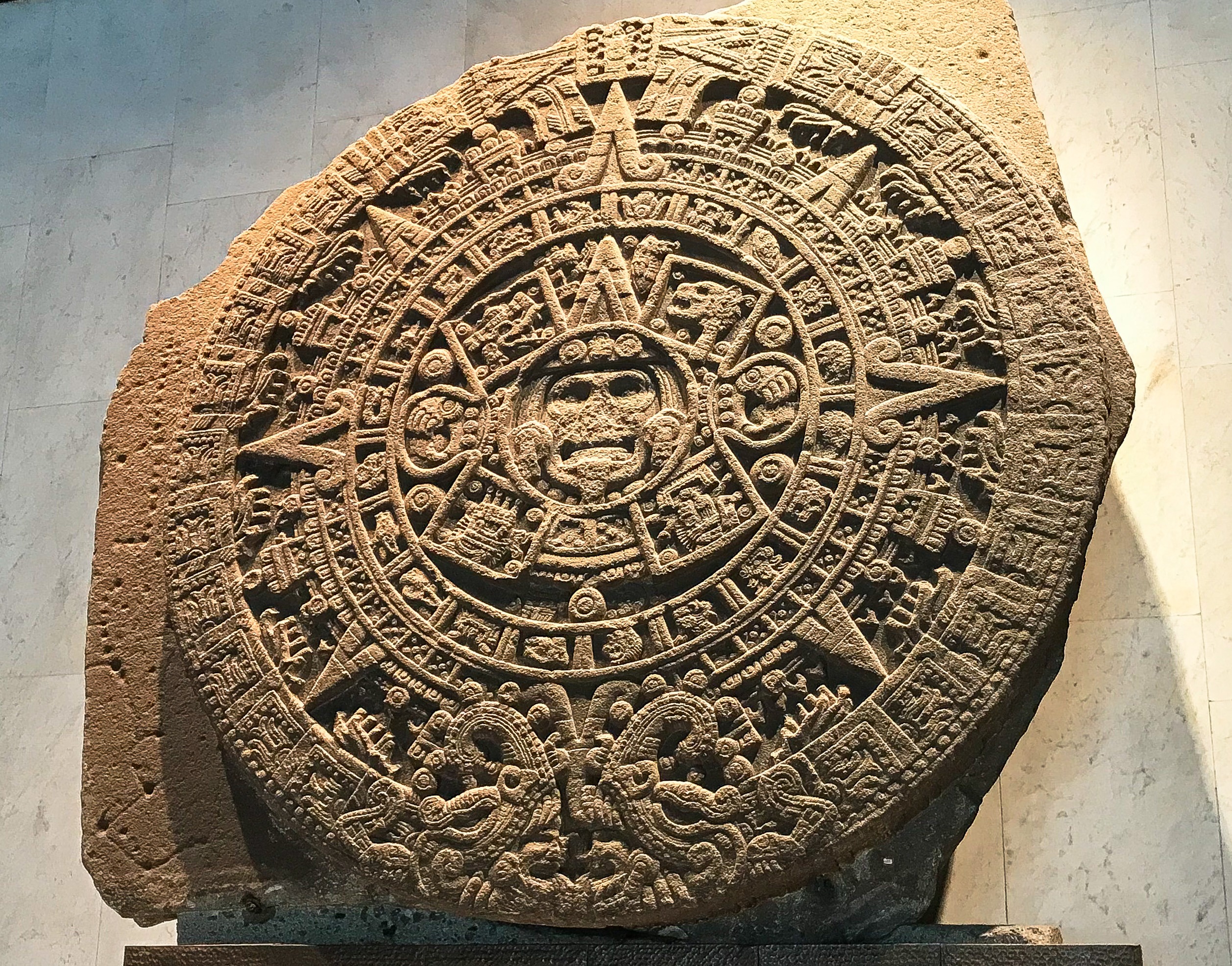
Xochimilco
Xochimilco is made up of a series of canals and Chinampas – small man-made islands used as farms. Traditionally, the islands were accessed by canoe. Today, boating on the canals makes a very popular day out, especially for the locals.
